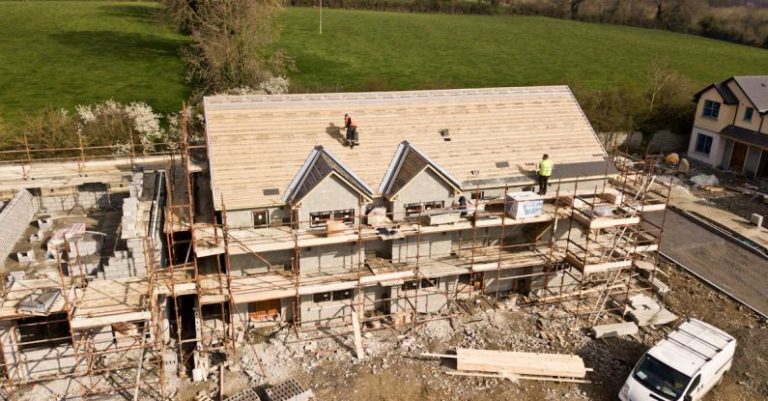Selecting the Right Composite Material for Your Structural Needs
When it comes to choosing the right composite material for your structural needs, it’s essential to consider various factors that will impact the performance and longevity of your project. From fiberglass to carbon fiber, each material offers unique properties that can make a significant difference in the overall success of your design. Understanding the key considerations when selecting a composite material is crucial to ensure that you achieve the desired outcome for your structural requirements.
Understanding Composite Materials
Composite materials are engineered materials made from two or more constituent materials with significantly different physical or chemical properties. By combining these materials, composites can offer improved strength, durability, and performance compared to traditional materials like steel or concrete. Common types of composite materials include fiberglass, carbon fiber, Kevlar, and hybrid composites that combine different materials for specific applications.
Strength and Durability
One of the primary considerations when selecting a composite material for structural needs is the strength and durability of the material. Different composites offer varying levels of tensile strength, compressive strength, and impact resistance, which are essential factors to consider based on the specific load and environmental conditions your structure will be subjected to. For example, carbon fiber composites are known for their high strength-to-weight ratio, making them ideal for applications where weight reduction is critical, such as aerospace or automotive components.
Corrosion Resistance
Another crucial factor to consider when choosing a composite material is its resistance to corrosion. Unlike metals, composite materials are inherently resistant to corrosion, making them ideal for applications where exposure to moisture, chemicals, or harsh environments is a concern. Fiberglass composites, for example, are commonly used in marine and offshore structures due to their excellent corrosion resistance properties, which can help extend the lifespan of the structure and reduce maintenance costs over time.
Temperature and Thermal Properties
The temperature and thermal properties of a composite material are important considerations, especially for applications where the structure will be exposed to high temperatures or thermal cycling. Some composites, like phenolic composites, offer excellent heat resistance and low thermal conductivity, making them suitable for applications where fire resistance and thermal stability are critical. Understanding the temperature limits and thermal expansion properties of the material is essential to ensure that it will perform as expected in the intended operating conditions.
Cost and Manufacturing Considerations
In addition to performance characteristics, cost and manufacturing considerations play a significant role in selecting the right composite material for your structural needs. The cost of the material, as well as the complexity of manufacturing processes required, can impact the overall feasibility and viability of your project. While high-performance composites like carbon fiber offer superior properties, they often come with a higher price tag and require specialized manufacturing techniques, which may not be practical for all applications.
Choosing the Right Composite Material for Your Project
When selecting a composite material for your structural needs, it’s essential to evaluate the specific requirements of your project and consider how each material aligns with those requirements. Conducting thorough research, consulting with materials experts, and testing samples under relevant conditions can help you make an informed decision that will result in a successful and cost-effective outcome. By considering factors such as strength, durability, corrosion resistance, temperature properties, cost, and manufacturing considerations, you can select the right composite material that meets your structural needs and ensures the long-term performance of your project.
In conclusion, selecting the right composite material for your structural needs requires careful consideration of various factors that will impact the performance, durability, and cost-effectiveness of your project. By understanding the unique properties of different composite materials and evaluating how they align with your specific requirements, you can make an informed decision that will result in a successful outcome. Whether you prioritize strength, corrosion resistance, temperature properties, or cost considerations, choosing the right composite material is essential to achieving structural integrity and longevity in your designs.






